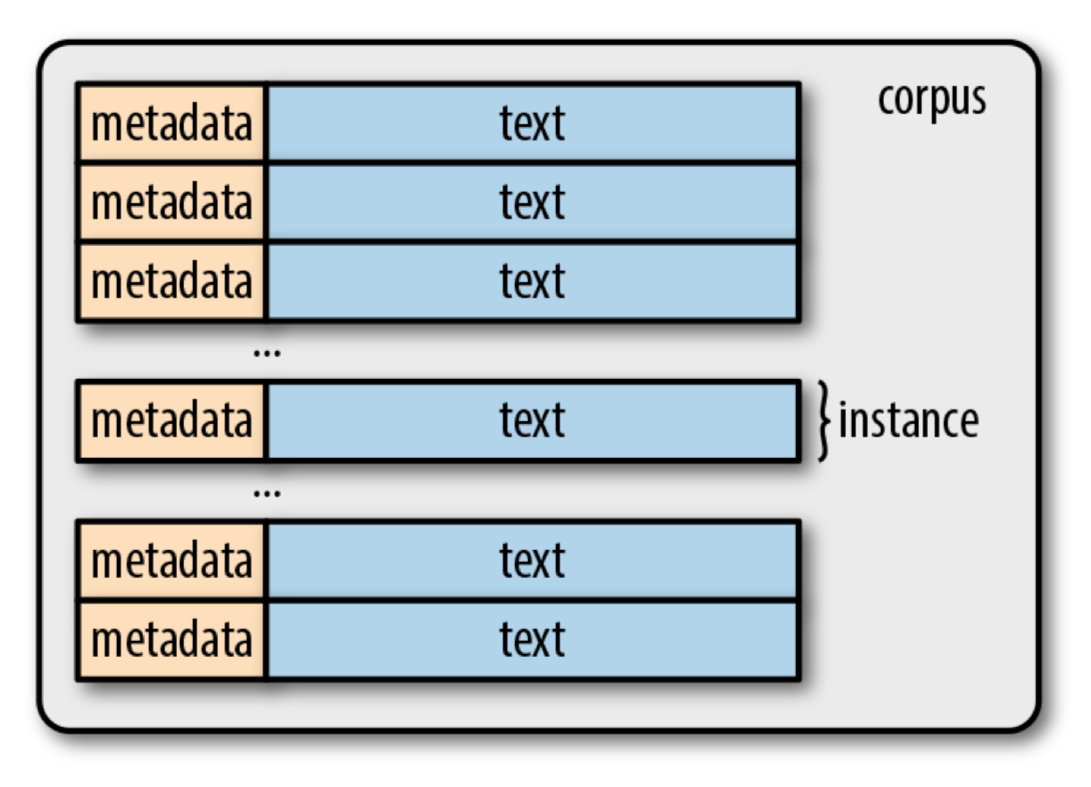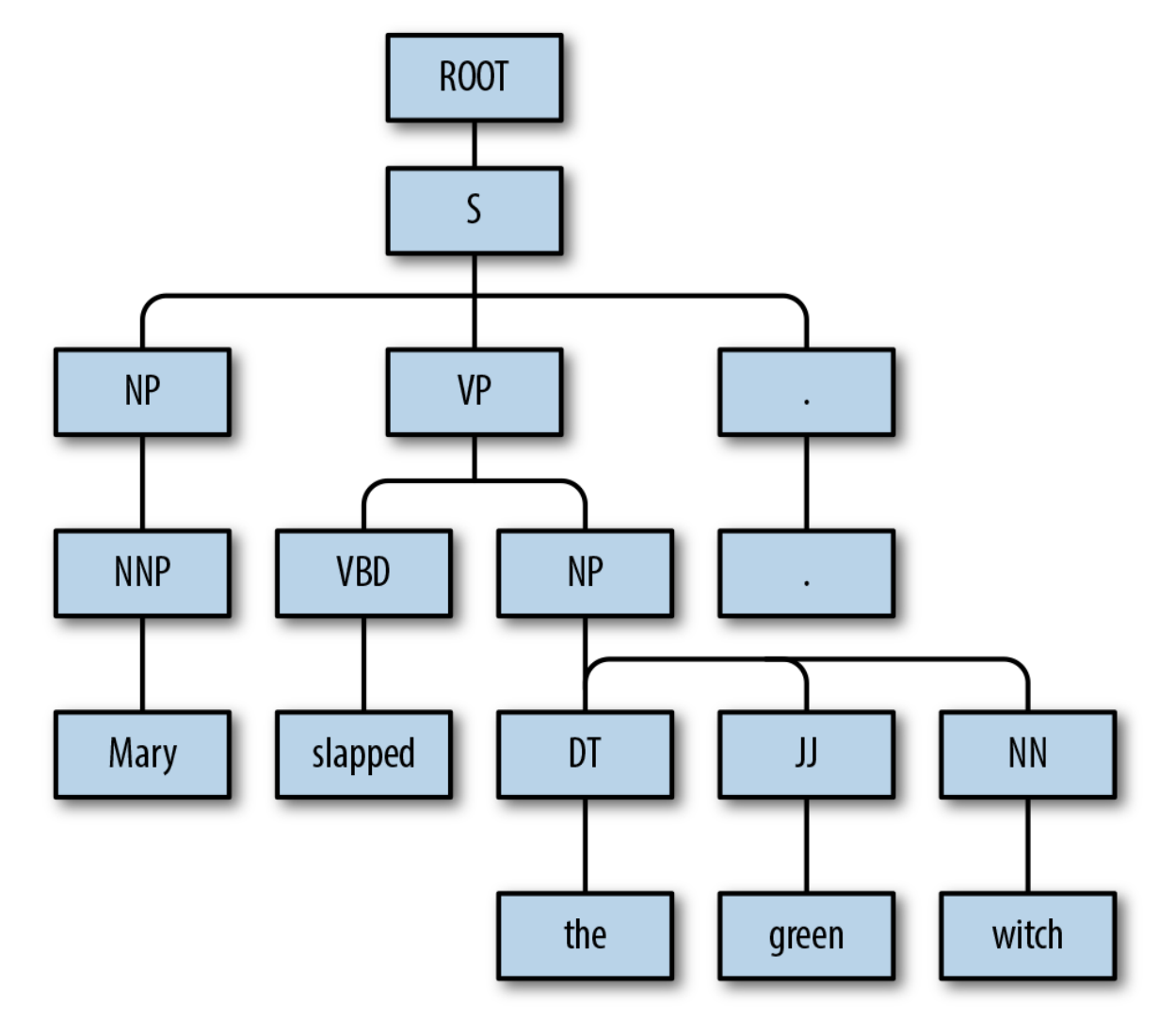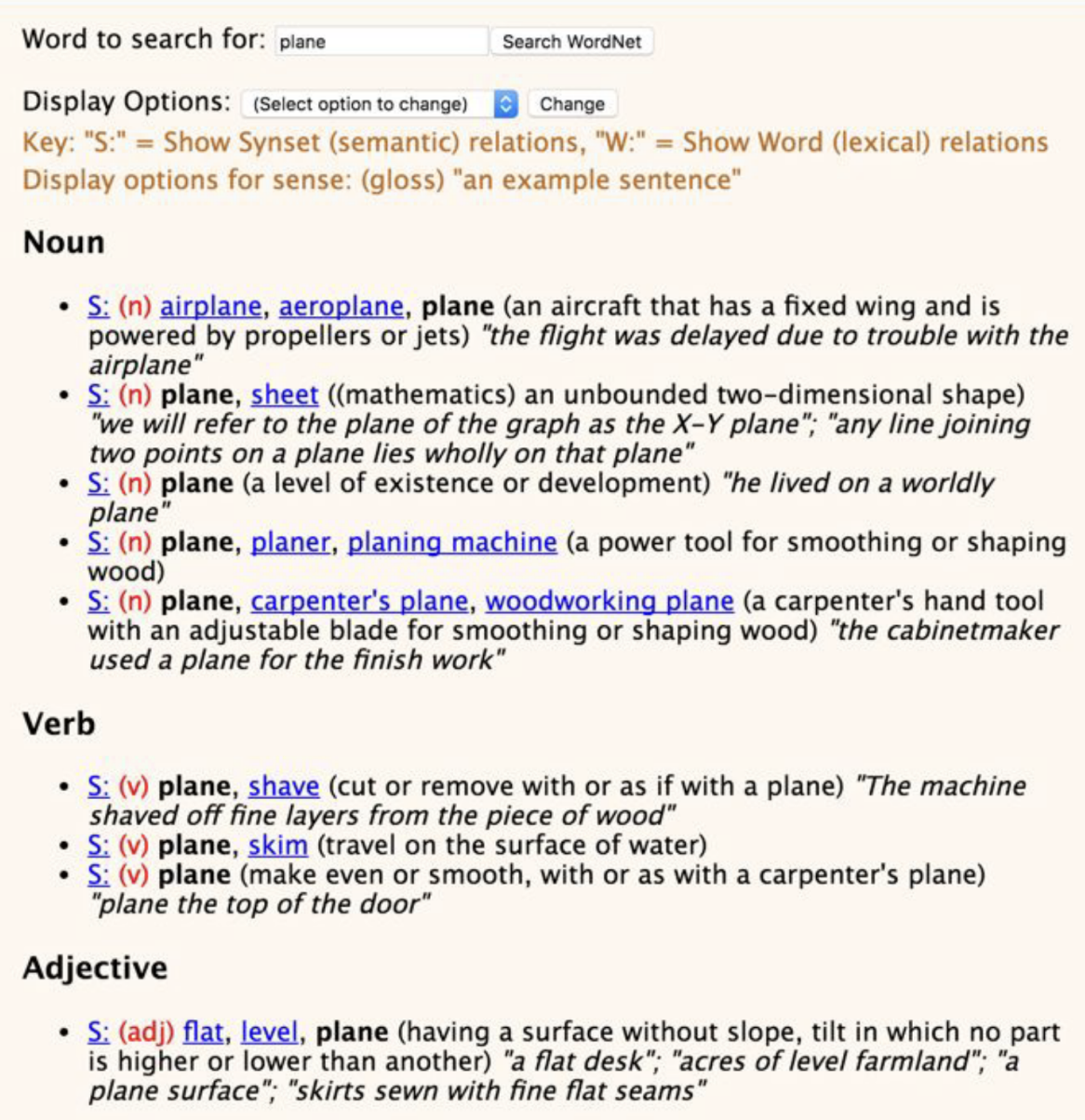Natural Language Processing
Natural Language Processing (NLP) is currently the “hot” market of AI as it is incorporated in applications like:
- Text Generators
- Virtual Assistants
- Speech Recognition
- Chat Bots
The fundamental definition of Natural Language Processing:
A subfield of artificial intelligence and computational linguistics that focuses on human-computer interaction.
In other words,
Making a Computer “think” and “act” like a Human
NLP involves a computer understanding text for the sake of solving real-world tasks.
Basics of NLP
Corpora and Tokens
Some terms to know
Corpus - a text dataset that usually contains raw text and any metadata associated with the text; our dataset for NLP tasks
Instance - text accompanied by any other metadata (basically the same definition we have been using)
Token - contiguous units in a language that typically corresponds to words and numeric sequences separated by white-space characters or punctuation.
Tokenization - splitting a string of text (a sentence) into tokens
- “the quick brown fox jumps over the lazy dog” has 9 tokens.
- Note that tokenization does not work well for many languages, but we can go around this by representing the text as a stream of bytes, but we will keep things simple for now.

Types - unique tokens in a corpus
Vocabulary(lexicon) - the set of all types in a corpus
Content Words - words that typically have significant meaning over stop words
Stop Words - “filler” words between content words, like articles, prepositions or really any other word that serves a mostly grammatical purpose
N-Grams
N-grams - fixed length (n) consecutive token sequences occuring in text.
Bigrams have two tokens and unigrams have one.
Sometimes, you want to have character n-grams which split the text into subwords, which could carry useful information Example - “de-“ typically carries a negative, or undoing, connotation
Task: List the bigrams of the following sentence:
“This is our fourth week” (This is, is our, our fourth, fourth week)
Lemmas and Stems
Lemma - root form of words
Example: drive has drove, driven, driving, drives
We can reduce all these words to just their root word. This is called lemmatization. This can help us reduce the amount of unique tokens we need to process since all these words essentially carry a similar meaning.
import spacy as sc
nlp = sc.load('en_core_web_sm')
doc = nlp(u"Mike found his dog sitting on a chair")
for token in doc:
print('{} -> {}'.format(token, token.lemma_))
Mike -> Mike
found -> find
his -> his
dog -> dog
sitting -> sit
on -> on
a -> a
chair -> chair
POS Tagging
We can label individual words with what part of speech (POS) the word is. For example, we would say “Mike” is a Proper Noun or “red” is an adjective, and so on.
import spacy as sc
nlp = sc.load('en_core_web_sm')
doc = nlp(u"According to all known laws of aviation, there is no way a bee should be able to fly")
for token in doc:
print('{} -> {}'.format(token, token.pos_))
According -> VERB
to -> ADP
all -> DET
known -> VERB
laws -> NOUN
of -> ADP
aviation -> NOUN
, -> PUNCT
there -> PRON
is -> VERB
no -> DET
way -> NOUN
a -> DET
bee -> NOUN
should -> AUX
be -> AUX
able -> ADJ
to -> PART
fly -> VERB
Chunking and Named Entity Recognition
Chunking - labelling a span of text, or multitoken boundary
We can use chunking to identify different phrases, such as verb phrases and noun phrases. This makes the text easier to process.
import spacy as sc
nlp = sc.load('en_core_web_sm')
doc = nlp(u"Mary slapped the green witch")
for chunk in doc.noun_chunks:
print('{} -> {}'.format(chunk, chunk.label_))
Mary -> NP
the green witch -> NP
Named entity - a mention of a real-world concept like a person, location, organization, etc.
Example: John (person) was born in the United States (GPE - Geopolitical Entity).
Structure of Sentencees
Parsing - the task of identifying the relationship between phrases
Parse trees show how different greammatical units in a sentence are related.

Word Senses and Semantics
Every word has a meaning, and often they have more than one. The different meanings of a word are referred to as its senses.
Example: Senses for the word “plane”:

Word senses can be deduced from the context of the word, through semi-supervised learning and NLP.
Now that we’re done with the baiscs of NLP, let’s work on an example: NLP with Disaster Tweets.